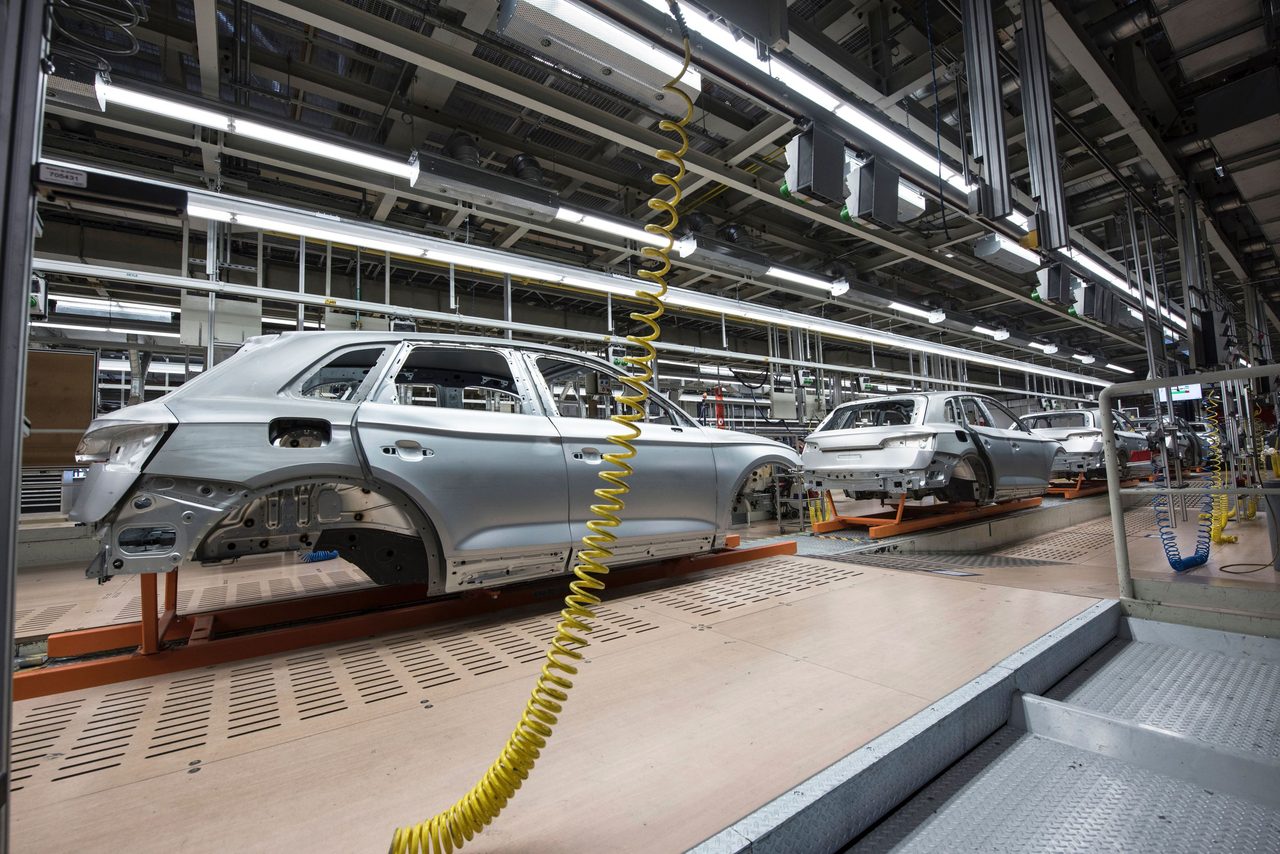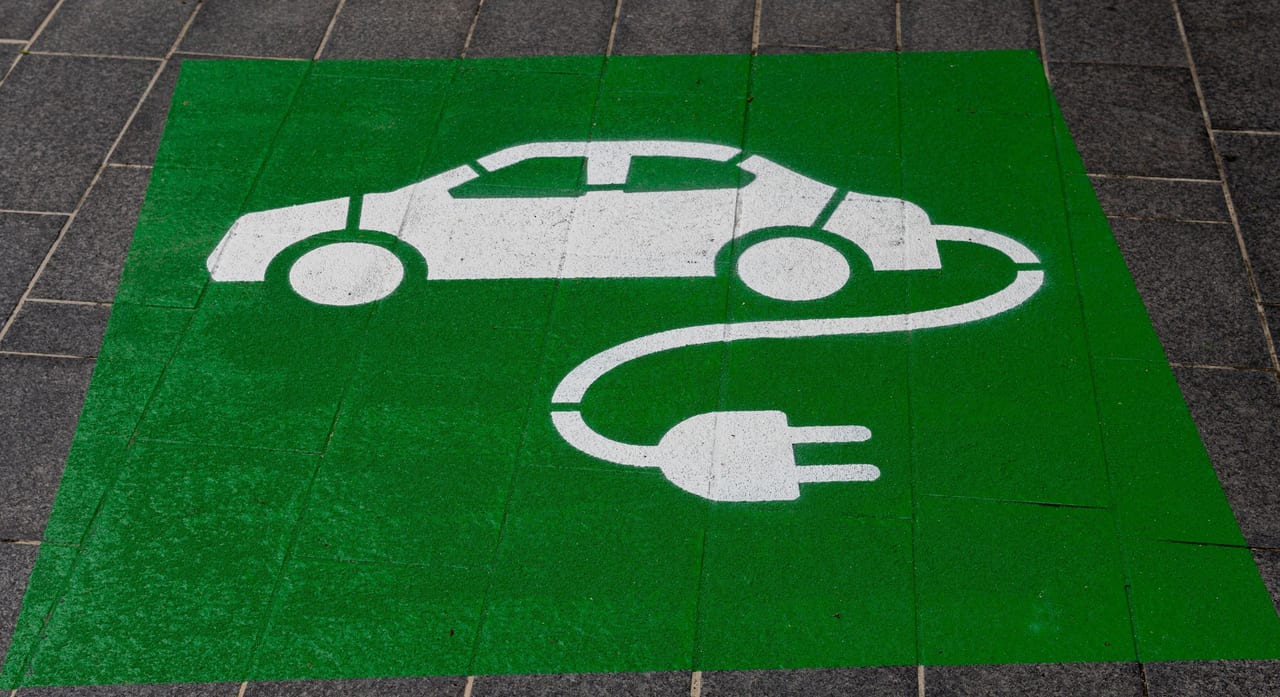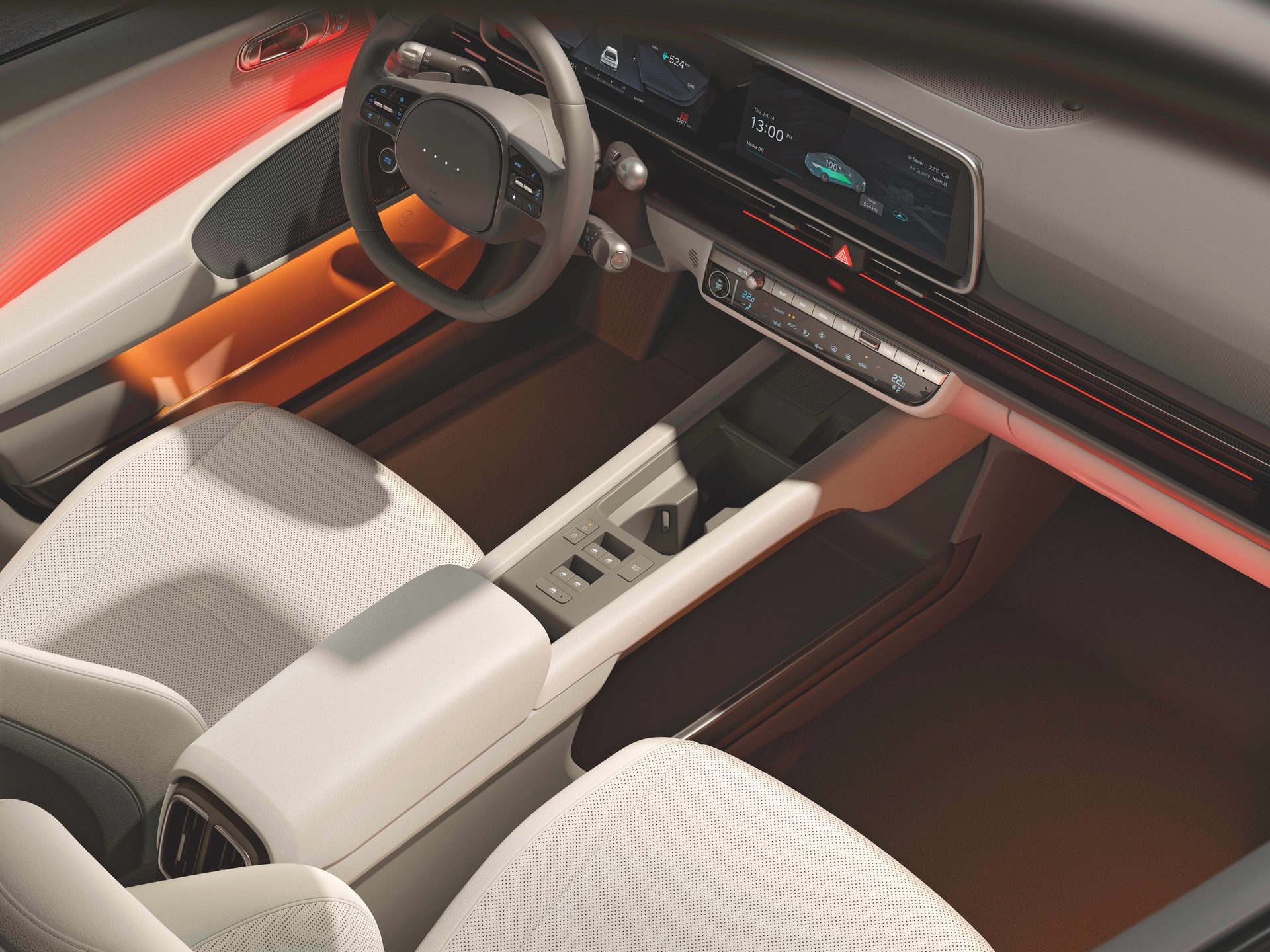The Truth About EV's
Time to set the record straight about some common electric-vehicle myths.
As with any new technology, people tend to cling to misconceptions based on misinformation and popular myths – until they have the opportunity to experience it for themselves.
Electrical vehicles are no exception. Drivers want to know how EVs stack up against traditional internal combustion engine (ICE) vehicles. We’re here to bust, and/or confirm or qualify some of the common perceptions about EVs.

False
EVS ARE NO BETTER FOR THE PLANET THAN ICE VEHICLES
The bottom line: A typical EV will emit, over the course of its life, lower levels of greenhouse gases that impact climate change, compared to an equivalent ICE (gas-powered) vehicle. When considering life-cycle emissions—“cradle to grave” emissions from suppliers, along with manufacturing, logistics, driving and eventual recycling—Volvo found that its gas-powered XC40 emits 58 tonnes of carbon dioxide equivalents (CO2e), while the all-electric XC40 Recharge emits less, at 27–54 tonnes. The large variation comes down to the source of power going into electrical grids.
An EV charged by wind-generated electricity emits 73 percent less CO2e than its ICE counterpart over 200,000 kilometres. There is no data for Canada, but on Europe’s current electrical grid, the EV emits 25 percent less than its ICE counterpart. And, since Canada’s grid is less carbon-intensive on average than Europe’s, an EV would be an even cleaner choice here.
Of course, that doesn’t mean you’re doing the planet any favours if you replace a fuel-sipping Toyota Prius hybrid with a Hummer EV—but like-for-like, yes, EVs are better for the environment.

True
MANUFACTURING EVs IS CURRENTLY DIRTIER VERSUS ICE VEHICLES
Yes, the manufacture of EV batteries is a very carbon-intensive process. According to a report by Volvo Cars—which produces EVs and ICE vehicles—total emissions from materials production and refining for its battery-powered SUV is roughly 40 percent more than for its gas-powered equivalent.
The battery alone in Volvo’s electric XC40 Recharge SUV is responsible for 10 to 30 percent of its total carbon footprint. New types of EV batteries have the potential to be even far less carbon-intensive, and powering battery production with clean electricity can lower emissions, too. Volkswagen Group’s battery subsidiary, PowerCo, recently chose St. Thomas, Ont., as the site for its first North American cell-manufacturing plant, in part because of the region’s access to clean electricity.
The take-away? Yes, for now, manufacturing EVs is more carbon intensive than manufacturing gas-powered (ICE) vehicles. But change is coming.

True (but it's complicated)
THERE AREN’T ENOUGH PUBLIC EV CHARGERS
Today, the vast majority of EV owners charge at home or at their workplace. As EV adoption progresses, however, and more people without access to at-home charging jump on the EV bandwagon, there will be a need for more public chargers— millions more, according to some estimates.
Canada’s public charging network is growing—by almost onethird last year, based on research by Electric Autonomy Canada, a Toronto-based online publication that reports on EVs and autonomous transportation.
While commercial charging infrastructure is not where it needs to be, the reality is that 90 percent of most consumer travel happens within small ranges of distance—to work and home, to the grocery store, out on weekends, etc.
Colin Fritz, director of automotive services at the Alberta Motor Association.
As of March, there are more than 20,000 charging ports in the country. The big question: Is public charging infrastructure growing fast enough to meet demand? The European Union recommends one public charger per ten EVs. The Canadian Vehicle Manufacturers’ Association, an auto- industry lobby group, reported that, as of 2020, Canada had 0.06 public chargers per one EV, which is lower than the E.U. average of 0.09.
A 2022 study commissioned by Natural Resources Canada found a need for “significant acceleration in charging infrastructure deployment over the next five to ten years.” Tesla is an exception since it has its own nationwide charging network that’s already extensive. Whether there are enough public chargers for your specific needs ultimately depends on how, where and what you drive.
False
EV BATTERIES DON’T LAST
Most of us have experienced the joy of getting a new smartphone—and the anguish of watching its battery degrade until it no longer lasts through the day.
EV batteries degrade too, but they’re designed to last much longer—longer even than most buyers keep new vehicles. Check with the manufacturer, but EV batteries should be warrantied for at least eight years or 160,000 kilometres, at which point they must still have at least 70 percent of their original capacity.
Degradation was a serious problem for would-be buyers when EVs had 200 or 250 kilometres of range. Modern EVs now have 400 to 800 kilometres of range, so degrading batteries are less of an issue (at least, for new-EV shoppers; used-EV buyers should evaluate battery age).
When your battery goes, it doesn’t just fail one day. You lose a bit of range, but it’s not like an engine [that] you’ve got to rebuild when it goes.
Ryan Peterson - CAA’s manager of automotive services.

False (in most cases)
CHARGING TAKES TOO LONG
Since EV drivers typically recharge their vehicles at home, overnight, recharging is quick. Every morning, you wake up to a fully charged car.
For other, rarer scenarios—a road trip, for example— or for EV drivers without access to at-home charging, public DC fast chargers can juice a vehicle’s battery from near-empty to 80 percent in 30 to 40 minutes. In many cases, you can get enough of a recharge in the time it takes you make a pit stop for a bathroom break and a coffee.
Charging technology is improving, too. For example, the soon-to-be-released Chevrolet Silverado RST pickup is equipped with 350-kilowatt (kW) DC fast-charging. Ten minutes gets you up to 160 kilometres of driving range. The caveat is that there aren’t many ultra-fast 350 kW chargers in Canada, at least not yet.

False (in most cases)
EVs are boring to drive!
Since EV drivers typically recharge their vehicles at home, overnight, recharging is quick. Every morning, you wake up to a fully charged car.
For other, rarer scenarios—a road trip, for example— or for EV drivers without access to at-home charging, public DC fast chargers can juice a vehicle’s battery from near-empty to 80 percent in 30 to 40 minutes. In many cases, you can get enough of a recharge in the time it takes you make a pit stop for a bathroom break and a coffee.
Charging technology is improving, too. For example, the soon-to-be-released Chevrolet Silverado RST pickup is equipped with 350-kilowatt (kW) DC fast-charging. Ten minutes gets you up to 160 kilometres of driving range. The caveat is that there aren’t many ultra-fast 350 kW chargers in Canada, at least not yet.



